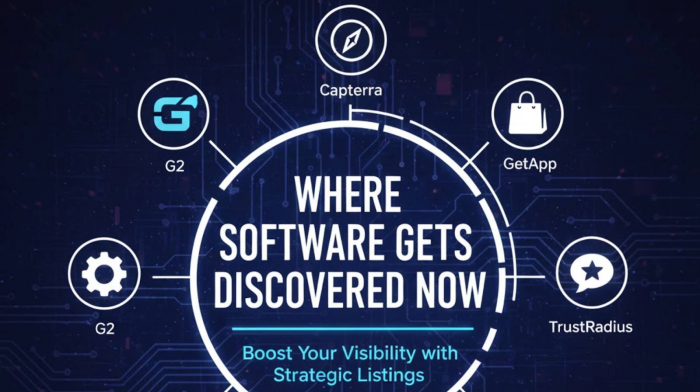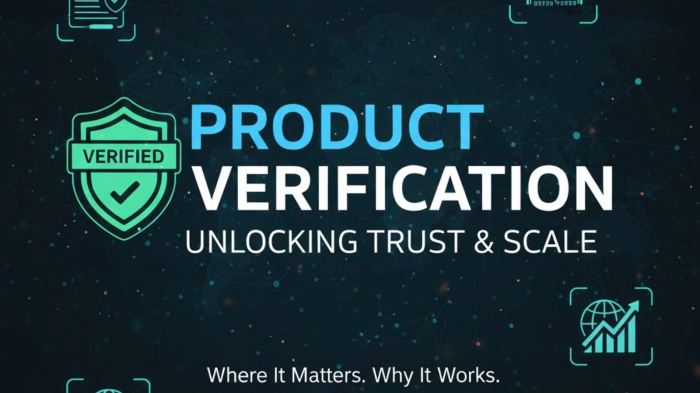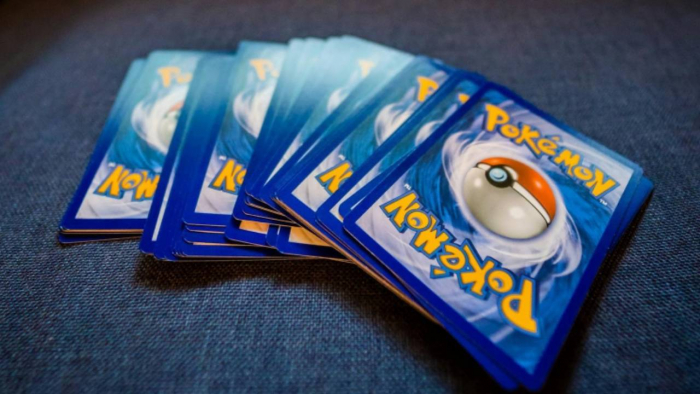Welcome to the New Age! Interactive Content
Forget the days when shopping meant scrolling, clicking, and buying without much thought. Interactive content is rewriting the rules, turning ecommerce into an immersive experience. Online shopping is no longer a passive affair – it is a dynamic journey where customers are part of the action, not just spectators.
So, what exactly is interactive content? It is media that invites users to participate, transforming browsing into a personalised experience. Think of quizzes that guide shoppers to their perfect match, augmented reality that lets them visualise products in their space, or videos where they can buy directly as they watch.
Why does this matter? Because it drives engagement – big time. Research shows that interactive content can boost user interaction by up to 70% compared to static content. When customers are more involved, they stay longer, explore more, and are far likelier to make a purchase. For Shopify store owners, that translates into higher conversions and happier shoppers. If you are working with one of the top Shopify Plus agency, they can help you integrate these elements effectively into your strategy.
You might be asking, what is the icing on the cake? Here it is: every interaction provides valuable insights. Interactive content uncovers your customers' preferences, allowing you to fine-tune your marketing and product offerings with precision. It is not just engaging – it is a smarter way to connect.

Engage, Educate, Sell! Quizzes
Who can resist a good quiz? In ecommerce, quizzes are a strategic tool. Product finders, personality quizzes, and style matchers – all offer an engaging, interactive way to guide customers to the products they will love.
Too many choices can overwhelm shoppers, leading to abandoned carts. This is where a custom quiz, powered by platforms like Askflow, comes in. A few clicks, a few answers, and voilà! The perfect product is recommended, giving customers the confidence to choose. Far from being just a playful gimmick, it is a practical solution.
Here are a few types of quizzes that can make a difference:
Product Finders. These help shoppers narrow down options based on their specific needs. Imagine a skincare brand offering personalised product suggestions based on skin type – helping customers find what truly works for them.
Personality Quizzes. By aligning product recommendations with a user's personality, these quizzes create a personal connection. For example, a fashion retailer can use personality traits to suggest outfits that suit a shopper’s lifestyle and taste.
Style Matchers. Perfect for home décor or apparel, these quizzes guide users toward products that fit their aesthetic. Shoppers receive suggestions that match their unique style, taking the guesswork out of decision-making.
Creating a successful quiz involves solving a problem for the customer. Your quiz should serve a purpose, guiding users toward better product choices rather than just providing entertainment. It is crucial to balance fun with value, ensuring that the quiz remains light and engaging while offering meaningful, practical recommendations. To make the most out of this tool, collect contact information before showing the results. This allows you to follow up with personalised emails or messages, keeping the conversation going long after the quiz is over.
An actionable results page is key. Include a one-click add-to-cart option, making it effortless for users to purchase recommended items right away. Keeping users engaged during the quiz is also essential – use a progress bar to show how far along they are, reducing the chance they will drop off before finishing.
Finally, follow up on the data you gather. Sending personalised emails or SMS messages based on quiz results keeps your brand top-of-mind and encourages customers to complete their purchases.
See It, Try It, Love It! Augmented Reality
Augmented Reality (AR) isn't the future anymore – it is the now. This technology allows shoppers to do everything from trying on sunglasses to visualising a new sofa in their living room – all without leaving home. Brands that have adopted AR are seeing tangible results, offering a unique way for customers to interact with products in real-time, just as they would in physical stores. You might be wondering about the payoff. It is the advantage of making faster, more informed purchasing decisions.
AR turns online shopping into an interactive adventure, bridging the gap between the digital and physical worlds. By overlaying digital content onto real-world environments, brands can engage shoppers in ways that were unimaginable just a few years ago. AR takes shopping to a new level, turning product browsing into something far more immersive – like stepping into a virtual store from your couch.
But to make it really work in ecommerce, AR needs to do more than impress; it should be practical and genuinely help shoppers make better choices. Usability is key: the technology should work smoothly across various devices, and the interface should be simple to navigate. AR must also integrate seamlessly with your Shopify store or app, complementing existing features and improving the overall customer journey. Gathering customer feedback is essential for continuous improvement – understanding how users interact with AR will guide adjustments that make the tool even more effective.
Discover how AR has been brilliantly executed in these standout examples:
Sephora's app allows users to virtually try on different makeup products. With a simple smartphone camera, customers can experiment with shades and styles, giving them a real-time preview of their look before they buy. It is a game-changer for decision-making and boosting sales.
IKEA’s AR feature lets users position virtual furniture in their homes using their phones. Shoppers can see how items fit in terms of size and style, leading to more confident decisions and fewer returns.
Warby Parker lets customers try on glasses virtually, seeing how frames look and fit without needing to visit a store. This approach simplifies decisions and drives customer engagement.
Watch, Click, Shop! Shoppable Videos
Shoppable videos blend shopping with viewing, letting customers buy products directly from video content bridging the gap between discovery and purchase. Imagine a viewer watching an unboxing or tutorial, with a clickable icon appearing. One tap takes them straight to the product page – no extra browsing needed. This smooth transition from watching to shopping boosts conversions by simplifying the purchase process.
Brands are already harnessing this powerful tool. L’Oréal captivates audiences with makeup tutorials that allow viewers to buy featured products instantly. Nike showcases its items in action through product demos, complete with direct purchase options. Sephora takes it even further with live shopping events, enabling viewers to shop in real-time as they watch.
Shoppable videos immerse viewers in real-world contexts, making the experience more engaging than static images. By holding viewers' attention longer and fostering interaction, these videos help build trust and boost confidence in purchasing decisions.
To maximise the impact of shoppable videos, focus on creating visually appealing and professionally produced content. Given the short average attention span, keep your videos brief and engaging. Ensure navigation is straightforward with intuitive, clickable tags that lead directly to purchases. Optimise your videos for mobile devices to ensure a smooth viewing experience across all platforms. Collaborating with influencers can also enhance authenticity and drive greater engagement.
Real-Time Shopping. Live Streaming
Online shopping offers convenience but often lacks the vibrant energy of physical stores. Live streaming addresses this gap by infusing the online experience with the dynamic atmosphere of in-person shopping.
Live streaming transforms ecommerce by creating a real-time, interactive environment where viewers can engage with products as they watch. Brands use live events to highlight products, offer exclusive deals, and conduct auctions, allowing viewers to make purchases instantly. This immediate connection shifts online shopping from a passive activity to an engaging, interactive experience.
Brands often use live streams to present special discounts or limited-time offers, generating excitement and prompting viewers to act swiftly. Real-time interaction via live chat adds another layer of immediacy and engagement, enabling viewers to ask questions, receive instant feedback, and feel part of an active community.
Consider fashion brands that host live-streamed runway shows, where viewers can click to buy items as they are featured. Similarly, beauty brands use live streams for product demonstrations, allowing viewers to see products in action and purchase them immediately. These events not only drive sales but also create a sense of exclusivity and connection among viewers.
To host a successful live shopping event, build anticipation with pre-event teasers and reminders. Engage with your audience through live chat to foster a sense of involvement. Ensure that products are displayed clearly with high-quality video and lighting. Offer exclusive deals during the stream to incentivise immediate purchases. Optimise your stream for mobile devices to accommodate viewers using phones. Finally, maintain interest after the event with follow-up communications via email or social media.
Ready, Set, Shop! Gamification
Shopping doesn’t have to be a chore – it can be a game. Integrating gamification into your Shopify store transforms routine transactions into engaging experiences, giving customers a reason to stay, play, and buy. With the online gaming market booming – 1 billion gamers worldwide, projected to reach 1.3 billion by 2025 – the opportunity to borrow elements from gaming into ecommerce is clear. Gamification taps into the growing interest in video games, which dominate 52.9% of the digital media market, driven by mobile games.
Start by introducing reward systems where customers earn points for purchases or interactions. These points can later be redeemed for discounts or exclusive offers, encouraging repeat business. You could also implement badges for milestones like frequent purchases, giving customers recognition and encouraging them to engage more.
Consider running time-limited challenges where customers can win rewards for engaging with new products or completing interactive quizzes. The longer they stay involved, the more likely they are to buy – and they will enjoy the process more when motivated by both fun and rewards. Similarly, countdowns for limited-time offers and progress bars showing how close a customer is to earning a reward keep them hooked and eager to return.
Leaderboards can boost engagement by creating competition, with top spenders or active users showcased on your site or social media. Virtual currency exclusive to your store adds excitement and loyalty. Customers earn and spend virtual money within your shop, making their interaction more playful.
Real-world examples highlight the effectiveness of gamification. Starbucks has mastered this with its loyalty programmes, where customers collect stars to unlock perks, making every purchase a game. KFC Japan’s "Shrimp Attack" game boosted sales by 100%, and HelloFresh’s "Spin-to-Win" attracted new visitors, increasing conversions and enhancing brand experience.
Beyond boosting sales, gamification offers valuable insights into customer behaviour. By gathering data through interactive features like quizzes, you can personalise future marketing efforts. Collecting data should, of course, comply with GDPR, CCPA, and other regulations, ensuring customers opt in willingly.
One of gamification’s strongest assets is how it encourages users to create and share user-generated content (UGC). Customers who share their high scores or achievements on social media provide invaluable, organic brand exposure. Additionally, interactive quizzes or games can educate your audience about your products while keeping them entertained.
Ending Note
To implement interactive content on your Shopify store, start small with features like quizzes or AR demos, but always think big. Continuously test, measure, and refine your content based on what resonates with your audience.
Gamification elements – whether simple like loyalty points or complex like rewards-based games – can significantly boost engagement. Each interactive feature contributes to a personalised and memorable shopping experience that encourages repeat visits.
Now, to test your understanding: interactive content drives user engagement and conversions, quizzes are one example, AR enhances shopping by helping users visualise products, and gamification adds fun and motivation to the buying process.
Post Comment
Be the first to post comment!





